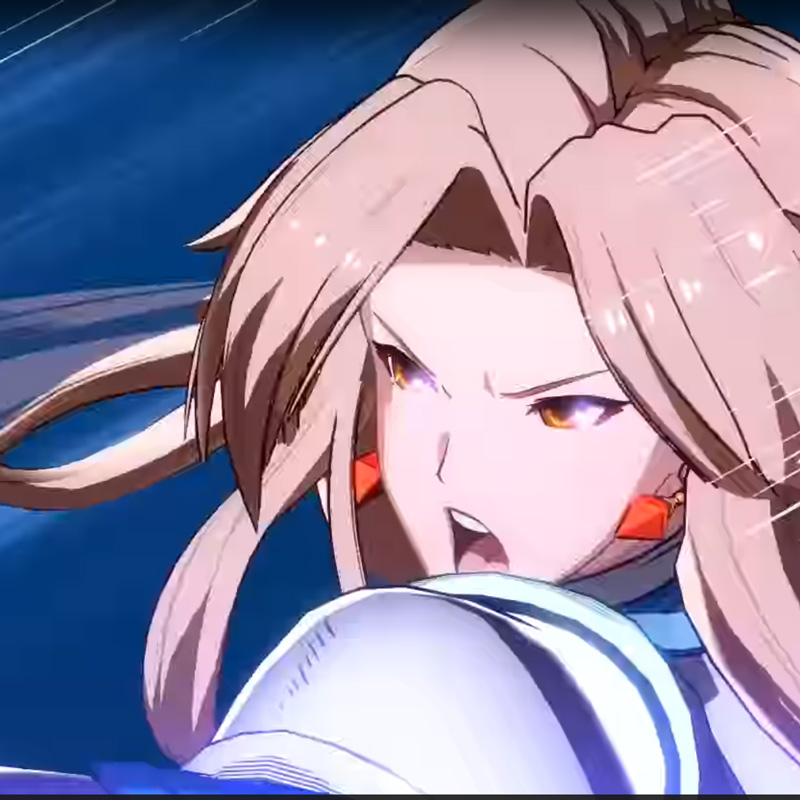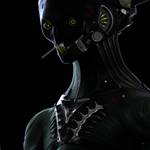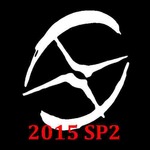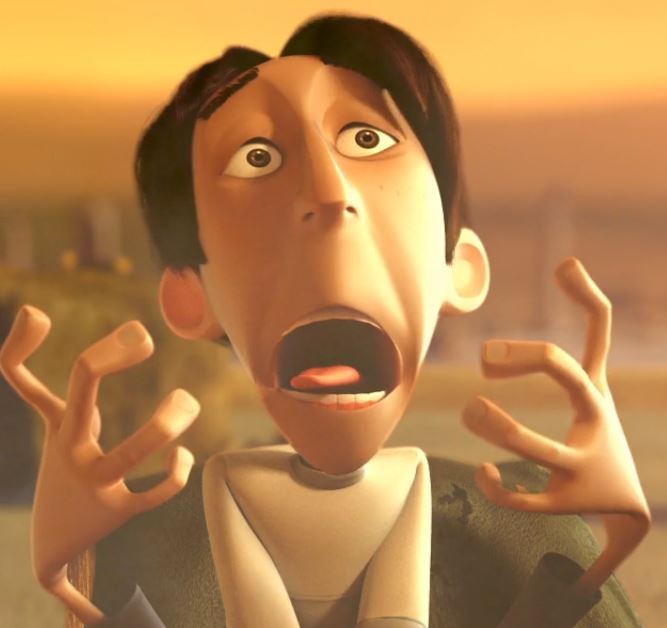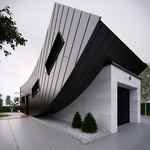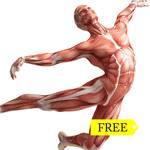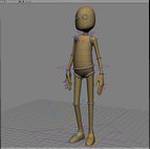I'm trying to develop a technique to apply a painted weight map as a screen space texture map. This would allow an artist to use the paint tools to sculpt a "camera separation map" that would render the Softimage scene with more or less stereo separation based upon an interactive weight map.
I have the first part working where I create a polygon grid shape and apply a weight map.
Part 1 - Create the Weight Map

I then use the Map Paint > Paint tool to customize the data in the weight map.
Next I add a constant material to the grid surface.
In the Constant material properties window I apply a "Color Map Lookup" node to the constant material's color attribute.
In the "map_lookup_color" window I set the Map attribute popup menu to use the "Weight_Map (Weight Map)" as the source map.
When I render the scene at this point the Weight Map is applied correctly as a texture on the grid.

Part 2 - Applying the texture in Screen Space
The weight map to screen space texture conversion part is the bit where I'm stuck.
I'll go over the screen space conversion parts I've tried already. I've started by practicing the screen space conversion using three different approaches to map a 2D texture or a procedural to a camera using a lens shader.
* * *
The Camera_Projection Node Technique
The simplest way to convert a regular 2D texture to screen space is with the Camera_Projection node. I can apply a 2D file texture to the Camera_Projection.tex node input and the node's output is connected directly to a Camera's Lens Shaders "item" input.

* * *
The Texture_Space_Generator Node Technique
I've tried using a Texture_Space_Generator to output screen space coordinates to 2D procedural textures like the Checkerboard node. This works fine on a regular procedural texture when I set the Space Transformation attribute set to "Screen" and map the Texture_Space_Generator.out data to the cherckerboard.coord input. Then I run this screen space data into a lens shader that renders the screen space texture map on the camera.

* * *
The mib_texture_vector Node Technique
Finally, I've also tried using the classical mental ray node approach with a mib_texture_vector node hooked into a mib_texture_remap node, that feeds into a mib_texture_filter lookup node. With this setup I have the mib_texture_vector node set to use a select space aka. selspace value of 4 which generates screen space coordinates. Then I run this screen space data into a lens shader that renders the screen space texture map on the camera.

What I can't seem to do is get the weight map converted into screen space with either of the three texture space conversion systems listed above. For that matter I also failed to get a gradient node to work in screen space coordinates either.
Sample Scene File
Would anyone have suggestions that could help me achieve this task?
In the attached Softimage .scn file there is a weight map, and two passes. I can't seem to figure out how to merge the two elements.
The Default_Pass shows the weight map applied as a constant shaded texture map on the grid surface. The Screen_Space_pass shows a camera named "lookup_background_camera" that has a noIcon_Pic texture applied in screen space coordinates using the Camera_Projection node.
Thanks for your time,
Andrew Hazelden












